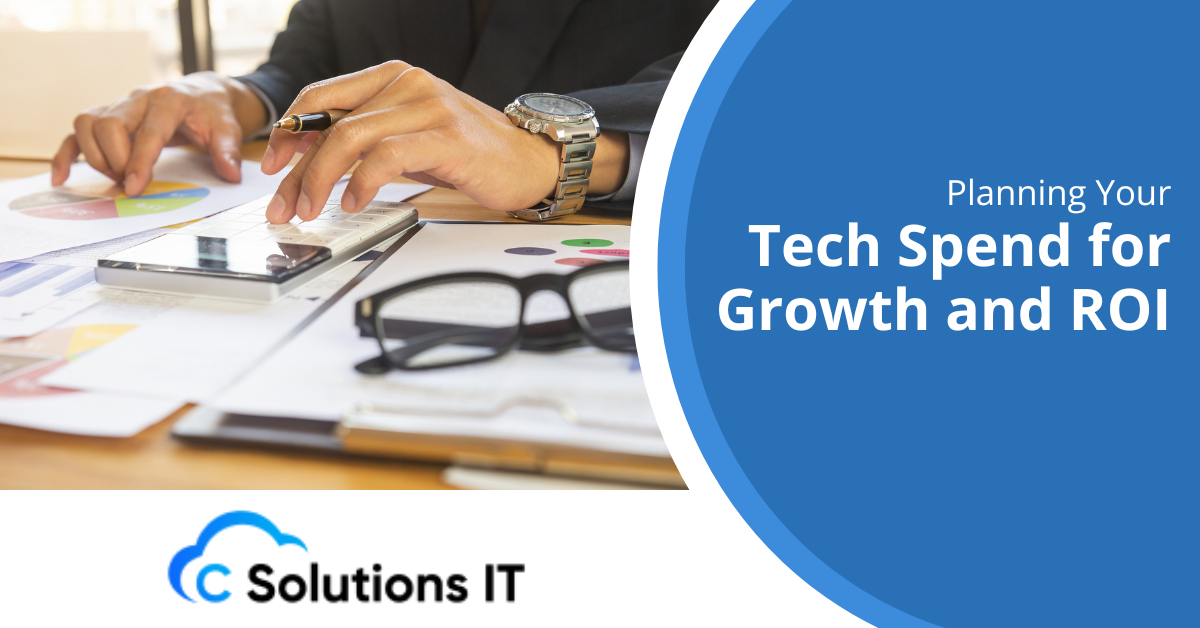Planning Your Tech Spend for Growth and ROI

Technology spending can often feel like chasing a moving target. One year, you’re replacing outdated devices and laptops; the next, you’re investing in a new point-of-sale system or upgrading your Wi-Fi. Without a clear plan, these expenses can quickly add up, sometimes catching you off guard when you least expect it.
But here’s the truth: technology isn’t just another line item in your budget. When planned strategically, it becomes a powerful driver of growth, efficiency, and customer satisfaction. The key is to stop seeing tech as a cost and start viewing it as an investment, one that delivers a clear return over time.
Know Where You’re Starting
Audit Your Current Technology
Before planning future tech investments, it’s crucial to understand what you already have. Take inventory of:
- All hardware, including laptops, desktops, tablets, servers, and networking equipment
- Software subscriptions and licenses
- Cloud services and storage solutions
This clear overview helps you identify what’s working well, what’s outdated, and where gaps might be holding your business back.
Identify What’s Hurting Productivity
Outdated systems don’t just slow your team down; they cause frustration and lost revenue. Whether your point-of-sale system freezes during peak hours or your customer database takes too long to load, these issues impact your bottom line, not just your IT.
Calculate Current Costs
Gather invoices for devices, licenses, maintenance, and IT support. Many business owners are surprised to find they’re paying for services that haven’t been used in months, or longer.
Set Your Business Goals First, Then Choose Technology to Support Them
Let Strategy Drive Technology, Not the Other Way Around
It’s tempting to jump on the latest software or gadget simply because it’s popular. But if it doesn’t align with your business goals, it’s likely to end up unused and ineffective.
Align Tech Investments with Your Growth Plans
For example:
- Expanding to new locations? Prioritize networking infrastructure and cloud-based systems.
- Looking to speed up customer service? Consider AI chatbots, CRM tools, or upgraded POS hardware.
- Aiming to reduce operational costs? Explore automation tools that eliminate repetitive tasks.
Focus on ROI, Not Just the Upfront Cost
Choosing the cheapest option upfront isn’t always the smartest long-term move. Sometimes, investing more in a solution that lasts longer, integrates seamlessly, and requires less manual effort will save you money over time.
Budget for the Full Lifecycle of Technology
Plan for Replacement Cycles
Just like any vehicle requires regular maintenance and eventual replacement, technology has its own lifecycle. For example, laptops typically last 3–5 years before performance and security begin to decline.
Factor in Maintenance and Support
Budgeting isn’t just about the initial purchase; it’s also about keeping your technology running smoothly. Be sure to allocate funds for:
- Regular software updates.
- Device repairs or replacements.
- IT support, whether in-house or outsourced.
Don’t Forget End-of-Life Costs
When a device reaches the end of its lifecycle, secure disposal and data wiping are essential. Failing to budget for this can lead to last-minute scrambles and unnecessary risks.
Use Data to Prioritize Spending
Track the Impact of Past Investments
If you invested in a new CRM last year, evaluate its impact. Has response time improved? Are conversion rates increasing? These insights help you determine whether your investments are paying off.
Monitor Employee Feedback
Your team is often the first to notice inefficiencies. If a particular tool is slowing them down, that feedback is invaluable when prioritizing future spending.
Keep an Eye on Industry Trends
Staying informed about new tools can give you a competitive edge if those tools align with your strategy and demonstrate clear ROI potential.
Plan for Scalability
Think Beyond the Immediate Needs
If you’re hiring more staff or expanding services, ensure your technology can support that growth. Systems running at full capacity often cost more to upgrade than scalable solutions chosen from the start.
Choose Flexible Solutions
Opt for cloud services, modular software, and subscription models that allow you to scale without hefty upfront costs.
Avoid Vendor Lock-In
Be cautious of vendors that make it difficult to switch or integrate with other tools. Flexibility means easy transitions and adaptability.
Balance Security and Growth
Don’t Skimp on Cybersecurity
A single security breach can cost far more than your entire technology investment. Use strong, unique passwords, implement MFA, and encrypt data, these are the bare minimum, not optional extras.
Train Employees Alongside Tech Upgrades
Even the best security tools can’t protect you from human error. Incorporate cybersecurity training into your technology budget to keep your team prepared.
Plan for Compliance Needs
If your industry requires compliance with standards like HIPAA, PCI-DSS, or GDPR, ensure your tech investments meet or exceed those requirements.
Build in a Cushion for the Unexpected
Technology Changes Fast
A new shift, or a customer demand, needs sudden investment. By allocating a certain budget of your tech budget for an unplanned expense, you are avoiding dipping into emergency funds.
Have a Contingency Plan for Failures
Servers do fail, devices get damaged, and software bugs appear. Budgeting for quick replacements or repairs keeps downtime to a minimum.
Making the Case for Strategic IT Spending
From Expense to Profit Driver
When technology is selected with a clear strategy, it stops being just a cost and becomes a catalyst for growth. Faster workflows, improved customer service, and stronger security all contribute positively to your bottom line.
Measure, Adjust, Repeat
The most effective tech spending plans are flexible. Regularly review your strategy, track results, and make adjustments as your business and the technology landscape evolve.
Plan Today for Tomorrow’s Growth
You don’t need a massive budget to upgrade your technology; you need a clear plan and the right IT solutions. Strategic investments empower your team, enhance customer experiences, and keep you competitive in a rapidly changing market.
If you’re ready to plan your technology spending for real growth and ROI, contact C Solutions IT to build a smarter, tailored strategy designed specifically for your business.
